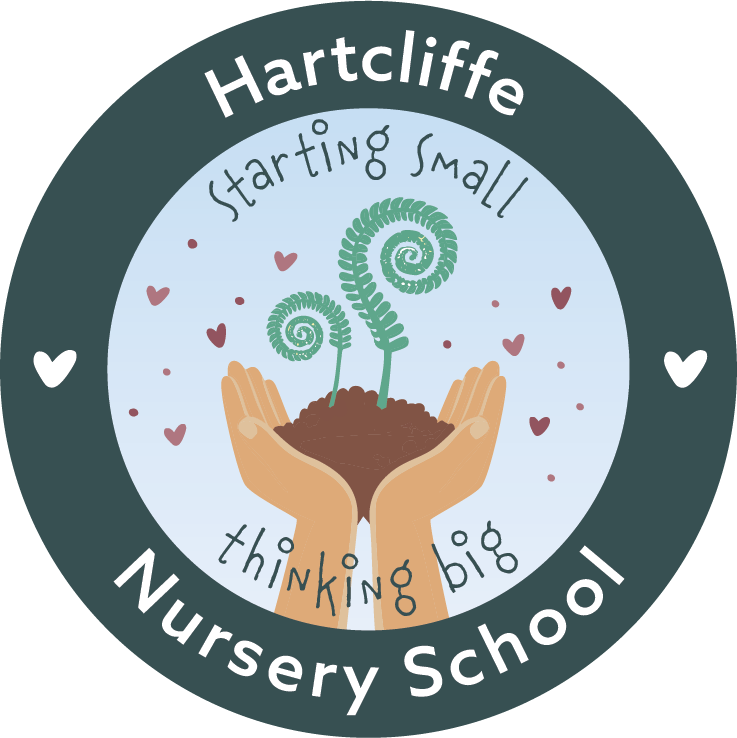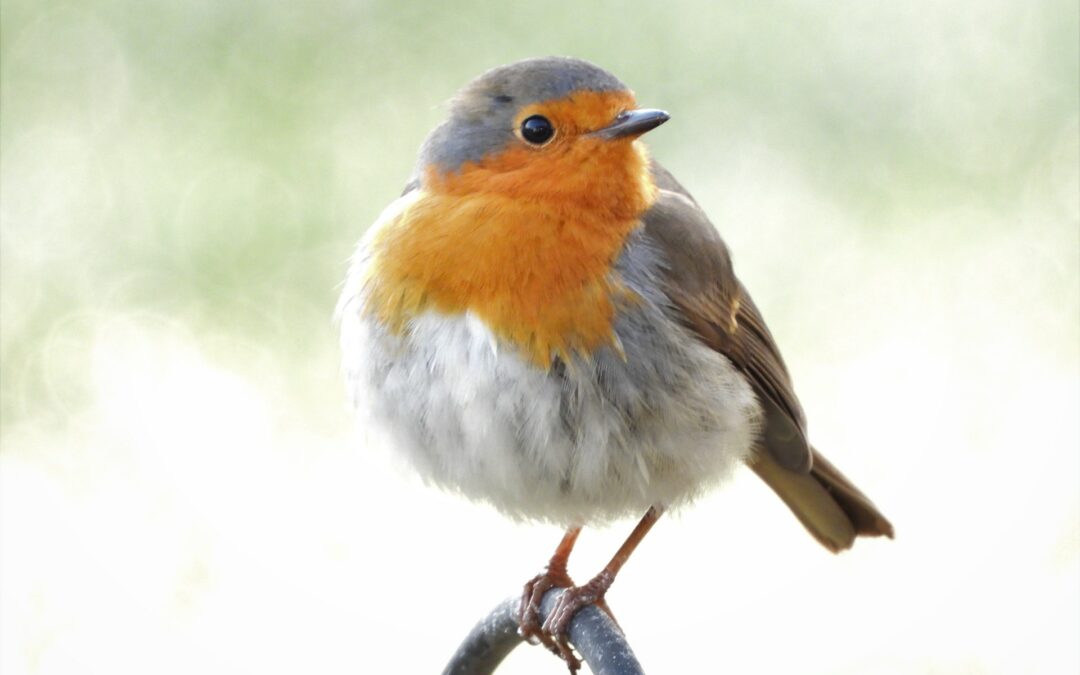We have a bird box above our sand pit, and during the Easter break, a robin nested there and has made it her home! She is now nesting three eggs. The RSPB has suggested we cordon off our sandpit until the eggs have hatched and the babies have flown the nest.
We will hopefully have some photos to share with you soon.
Here are some fun facts about robins for you to share with your child!
What do robins look like?
Robins are small and round birds with a black beak and a red breast. The red colour is made of feathers that can change shape depending on how the bird feels. Sometimes they make them bigger to show off or scare away other birds. Sometimes they make them smaller to hide or keep warm. Both boy and girl robins have red breasts, but baby robins don’t. They have brown spots instead and only get red feathers when they grow up.
What do robins eat and where do they live?
Robins eat lots of different things, such as worms, seeds, fruits and bugs. They like to find food on the ground or in the trees. They also like to eat from bird feeders that people put out for them. Sometimes they come very close to people who are working in the garden, hoping to get some tasty worms.
Robins make their homes in nests that they build with grass, leaves and mud. They can make their nests in many places, such as trees, bushes or even old shoes or pots. They usually have three families of babies each year, each with four to six eggs. The eggs are light blue and very pretty. The mummy robin sits on the eggs to keep them warm while the daddy robin brings her food. The baby robins hatch after two weeks and then the parents feed them until they are ready to fly.
Why are robins special?
Robins are very special birds because they are very brave and smart. They are not afraid of other birds or people and will protect their territory from anyone who tries to take it. They also have a lovely voice and sing almost all the time, even at night when there are lights on. Their song is different for each robin and they use it to say hello, warn others or find a mate.
Robins are also very important in British culture and history. They are often seen on Christmas cards and decorations because they remind people of joy and hope. There are many stories about how they got their red breast, such as helping Jesus when he was on the cross or covering dead people with leaves. Robins have been chosen as Britain’s favourite bird twice, but they are not officially the national bird yet.
If you want to learn more about these amazing birds, you can ask your parents or carers to help you visit these websites:
Photo by Abdul Rehman Khalid on Unsplash

